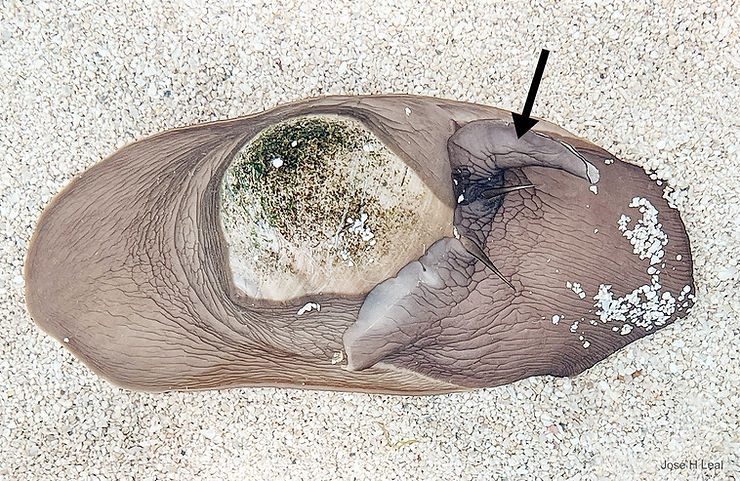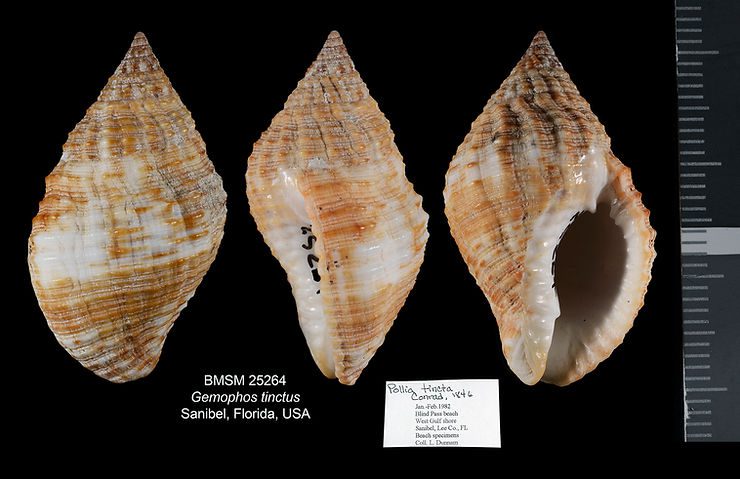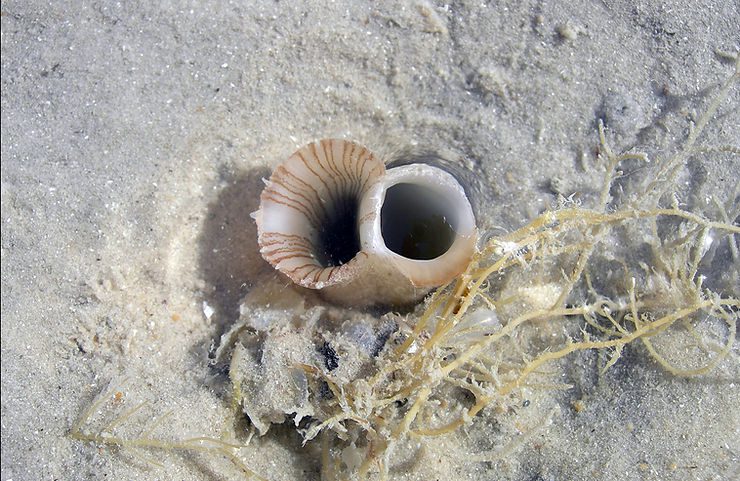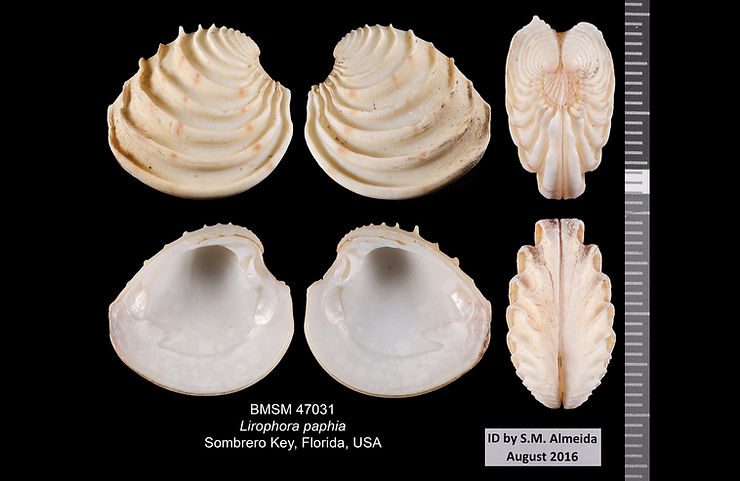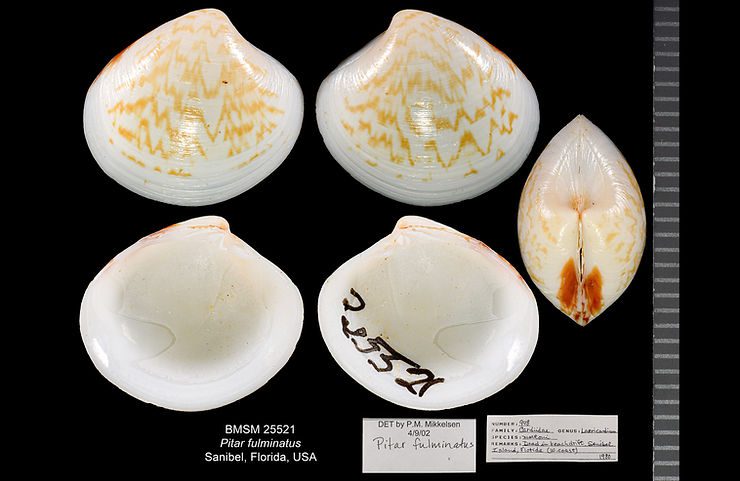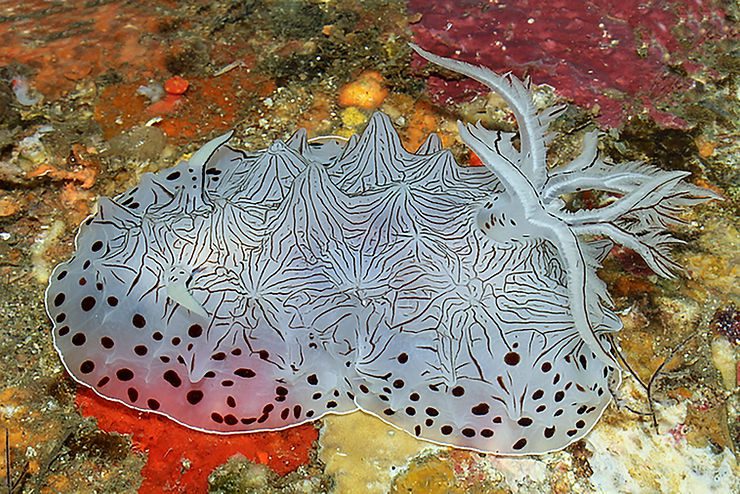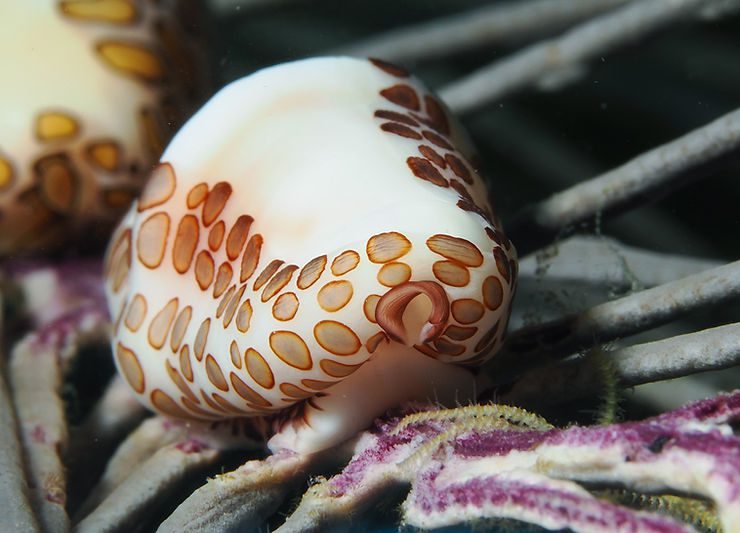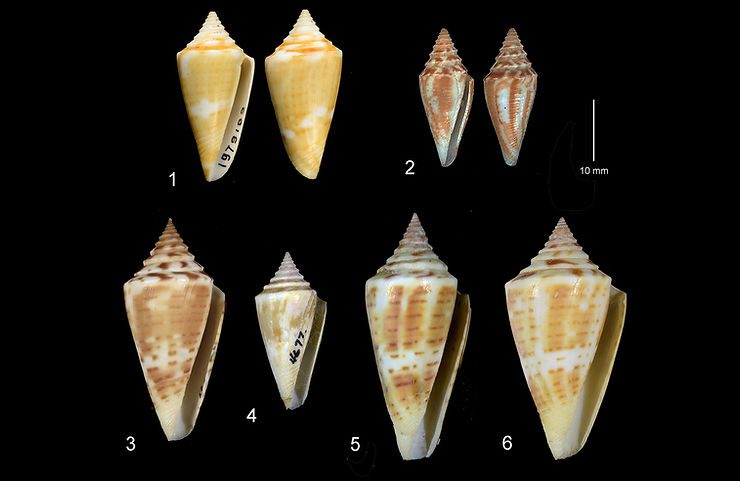
Unraveling the True Identity of the Florida Cone
On May 30, 2024 I published with colleagues Greg Herbert, Bill Fenzan, Aaron Avery, and Federico Márquez, an article setting the record straight as to the true identity of the Florida Cone (Conus anabathrum Crosse, 1865), a common local species in Southwest Florida. The article wsa introduced at the last meeting of Florida United Malacologists (FUM) last April, on Sanibel.Download the open-access article here:https://academic.oup.com/mollus/article/90/2/eyae019/7684639

